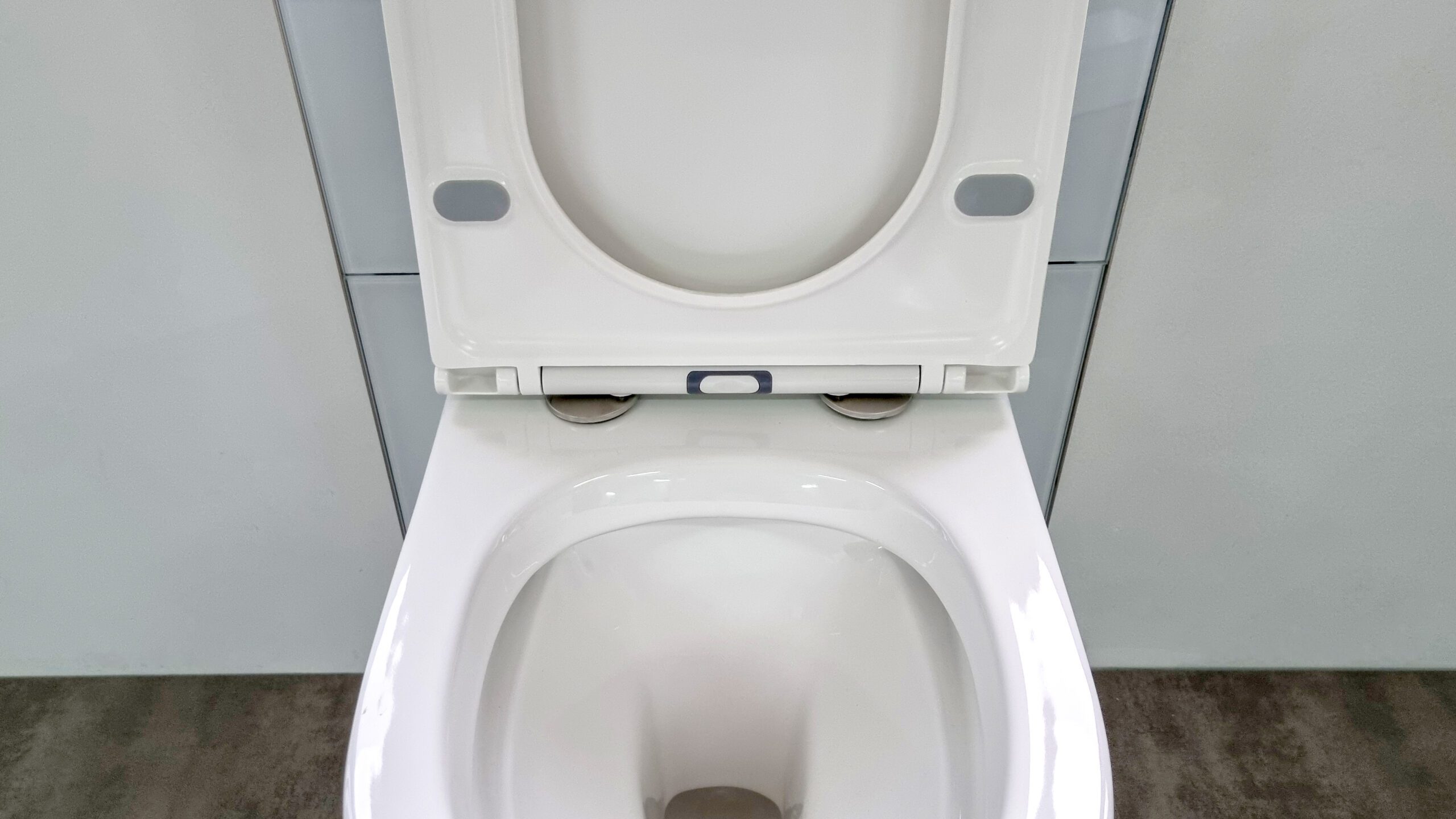
Can You Flush the Toilet When the Power is Out? Find Out Now
Share
For many tech enthusiasts and professionals, the question "Can you flush the toilet when the power is out?" might not immediately come to mind amidst considerations of servers, internet connectivity, and high-tech gadgets. But imagine this scenario: you're home after an intense day of troubleshooting network issues, only to realize the power has gone out. Nature calls, and suddenly, you're faced with an unexpected dilemma: will your toilet flush without electricity? Indeed, understanding the connection between your plumbing system and electrical power can save you from unnecessary panic and offer peace of mind during such outages.

Understanding Modern Plumbing Systems
To fully grasp the answer, it's essential to understand how modern plumbing systems typically operate. Unlike appliances that directly depend on electricity, toilets work mainly through gravity and water pressure, not electricity. In standard toilet plumbing setups, pulling the handle lifts a flapper valve, causing the water to flow from the tank into the bowl, thereby forcing waste through the pipes.
So, can you still flush the toilet when the power is out? Absolutely, if your home is connected to a municipal water supply. Gravity does the job, facilitating the flow of water from your tank into the bowl to handle waste, regardless of whether or not there is power (Check out Weak Flush Issues for more potential concerns).
Considerations for Homes with Electric Pumps
However, there are exceptions. Suppose your home water supply relies on an electric well pump. In that case, a power outage will affect water availability because the pump won't function without electricity. This means once you've used up the water stored in the toilet tank or initial water pipes, you'll have to wait for power restoration to flush again. To counteract this, households with pump-based systems may benefit from having a backup power solution or a manual water storage contingency plan. Learn more about such scenarios by exploring Water Storage Solutions.
Proactive Steps for Power Outages
Tech-savvy homeowners can take proactive steps to manage power outages more effectively. Implement smart water management solutions and monitor water supply levels in real-time through IoT devices, especially if you're reliant on electric pumps. While the loss of power may disrupt your electronic devices, proper preparation ensures that it won't interfere with your plumbing needs.
If you find yourself in a bind, manual flushing can always be your go-to alternative. Simply by pouring a large bucket of water quickly into the toilet bowl, you can mimic the flushing action. Still, this technique may not be viable indefinitely. Consider purchasing a UPS (Uninterruptible Power Supply) system for your electric well pumps, which keeps the water flowing as intended during power outages.

Your Action Plan for Future Power Outages
For tech enthusiasts looking to integrate tech-driven solutions, investing in environmentally friendly power solutions, such as solar panels, will ensure an uninterrupted power supply that keeps your well pumps operational. Additionally, these solutions will serve your energy needs for other utilities and devices within your smart home.
The bigger question to consider may not be whether you can flush the toilet when the power is out, but whether your current setup supports seamless water access, irrespective of electricity. Consider connecting with professionals who specifically handle tech-driven plumbing solutions to ensure you're well-equipped. For further reading, visit Toilet Maintenance Tips by experts.
FAQs
- Can conserving water during an outage save me? Yes, conserving available water can extend the usability of your toilet and other water-based systems until regular service is restored.
- Can I use rainwater for flushing? Absolutely! Collecting rainwater is an excellent natural backup solution for flushing toilets during an outage.
- Should I upgrade my system? If your homes water supply is vulnerable to power outages, consider upgrading with backup power and advanced water management tools.
